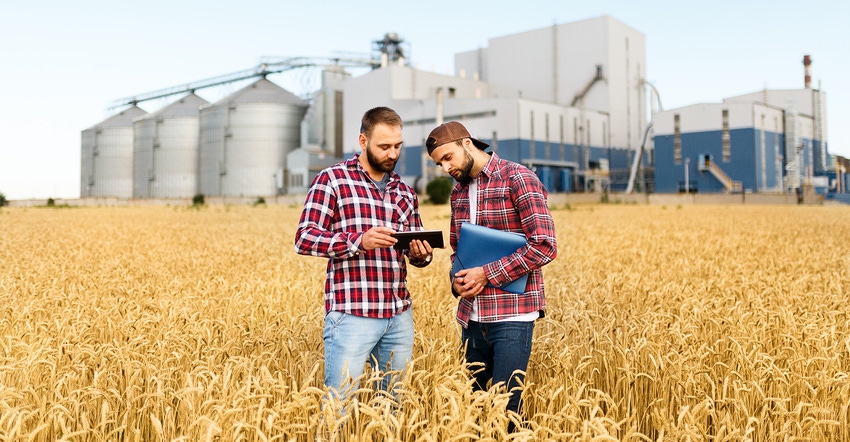October 5, 2018

Sponsored Content
But with an explosion of new data collected from farm equipment, environmental sensors, and remote inputs, it’s no longer practical to rely solely on intuition or traditional technology to determine what drives variations in yield or provide guidance to growers.
At the same time, food companies are searching for new ways to meet increasing consumer demand for food quality and sustainability. As the world’s population is projected to grow beyond our current food supply over the next few decades, these objectives must be achieved while also increasing production and remaining profitable.
However, technologies that combine relevant farm data with AI and machine learning may empower the entire agricultural ecosystem to meet these modern challenges. New solutions from IBM help deliver on the promise of precision agriculture, drawing on the company’s experience in bringing AI to the farm - from grapes to tomatoes.
AI solutions that bridge the gap between growers and other agriculture ecosystem participants can create an opportunity to “see” fields in a new way. For example, food producers will have better visibility into the likely yield from each supplier’s farm and can plan the logistics of when they want each farmer to deliver their supply.
Combining data with AI and machine learning also helps farmers improve practices by better understanding critical factors such as soil temperature, moisture levels, crop stress, pests, and disease risk. With this data-driven guidance, farmers can make smarter decisions around irrigation, planting, fertilization, worker safety, trading, and pest and disease eradication.
Another challenge for growers is knowing the best time to sell crops in markets where prices fluctuate constantly. An integrated platform combined with AI can marshal huge amounts of pricing data – from the local grain elevator to the futures markets – and recommend the best time to sell to maximize profits. This level of data gathering and analysis would likely be impossible without AI and analytics.
Additionally, AI can help a wide range of ecosystem participants such as agronomists, input providers, equipment manufacturers, traders, lenders, crop insurers, and governments make more confident decisions by providing insights that are specific to their roles. This may include projections on harvest volumes, price stability, and potential insurance risks.
In every case, AI is positioned to help feed the world while enabling the entire food chain to become more efficient, deliver better quality, and increase sustainability.
For more examples of how IBM is bringing AI into agriculture, visit https://www.ibm.com/weather/industries/agriculture.
About the Author(s)
You May Also Like




